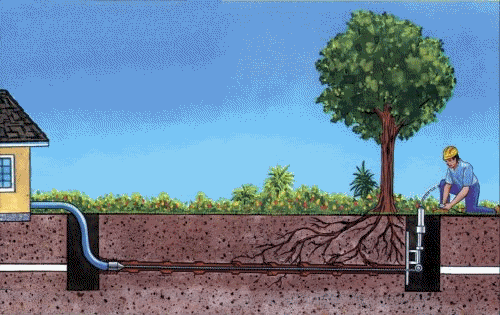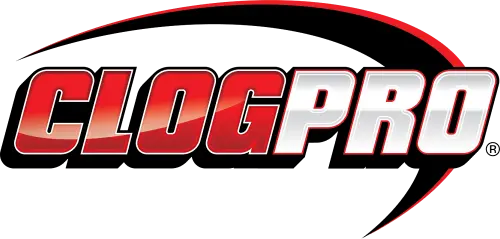Trenchless Pipe Replacement
READY TO SCHEDULE?
Call now, or fill out the form below to receive plumbing service fast!
"*" indicates required fields
Vancouver WA | Portland OR | Gresham OR | Beaverton OR

How trenchless pipe replacement services save your landscape
Pipe bursting, directional boring, and pipe lining are advanced trenchless methods used for replacing water and sewer lines in both residential and commercial properties. These innovative techniques minimize disruption, reduce costs, and provide a faster, more efficient solution for your pipeline needs. Choose trenchless methods for a seamless and effective pipe replacement experience.

How Pipe Bursting Works
The pipe bursting method, a key component of trenchless technology, involves replacing damaged water or sewer pipes by pulling a new polyethylene (PE) pipe through the old one. Using a high-powered pulling machine, the new pipe is drawn through while simultaneously breaking apart the damaged outer pipe. This process typically requires access holes at both ends of the pipe being replaced. The new PE pipe sections are electro-fused to form a seamless, continuous line. PE pipes are smoother, more resistant to abrasion, and immune to microbiologically induced or chemical corrosion. The advantages of pipe bursting include reduced labor hours, minimal property disruption, and easier cleanup.
Directional Drilling Services
Clog Pro provides directional drilling as an advanced trenchless method for sewer and water pipe replacement. This technique allows us to drill through all types of soil without disturbing natural habitats, gardens, walkways, sidewalks, or play areas. Directional drilling enables the quick and efficient replacement of damaged water or sewer pipes while being environmentally friendly. This method ensures minimal disruption to your home’s surrounding areas, offering a seamless and eco-friendly solution for your pipe replacement needs.
Pipe Lining Services
Cured- In- Place – Pipe Lining (CIPP) is a trenchless method of sewer repair. It requires little to no digging and significantly less time to complete than other sewer repair methods. It is suitable for repairing both short and long runs of pipe that do not need to be upsized.
CIPP involves inserting a flexible liner inside the existing pipe, inflating the liner, and exposing it to heat or ultraviolet light to dry and harden the liner inside the pipe. The liner essentially forms a smooth surface inside the existing pipe, restoring it to a near- new condition.
The work involves the following steps:
-
- Remove roots from the pipe and flush debris from the pipe.
- Set up a sewer bypass system, if necessary, to re-route wastewater to other nearby pipes during the pipe lining process.
- Set up and run a Vactor truck, or sewer vacuum, to keep the pipe free of debris and water during pipe lining process.
- Insert liner into the sewer pipe from the surface through a maintenance hole.
- Expose the liner to heat or ultraviolet light to cure, or harden, the liner inside the pipe.
- Open and reinstate sewer service lateral connections that were covered by the pipe lining.
- Remove the bypass system, if any.
- Conduct quality control inspections.

Get $200 Off Residential or Commercial Sewer Replacement
"*" indicates required fields
Trenchless Services in Vancouver WA and Portland OR
Serving Clients in the Greater Vancouver WA and Portland OR Areas: